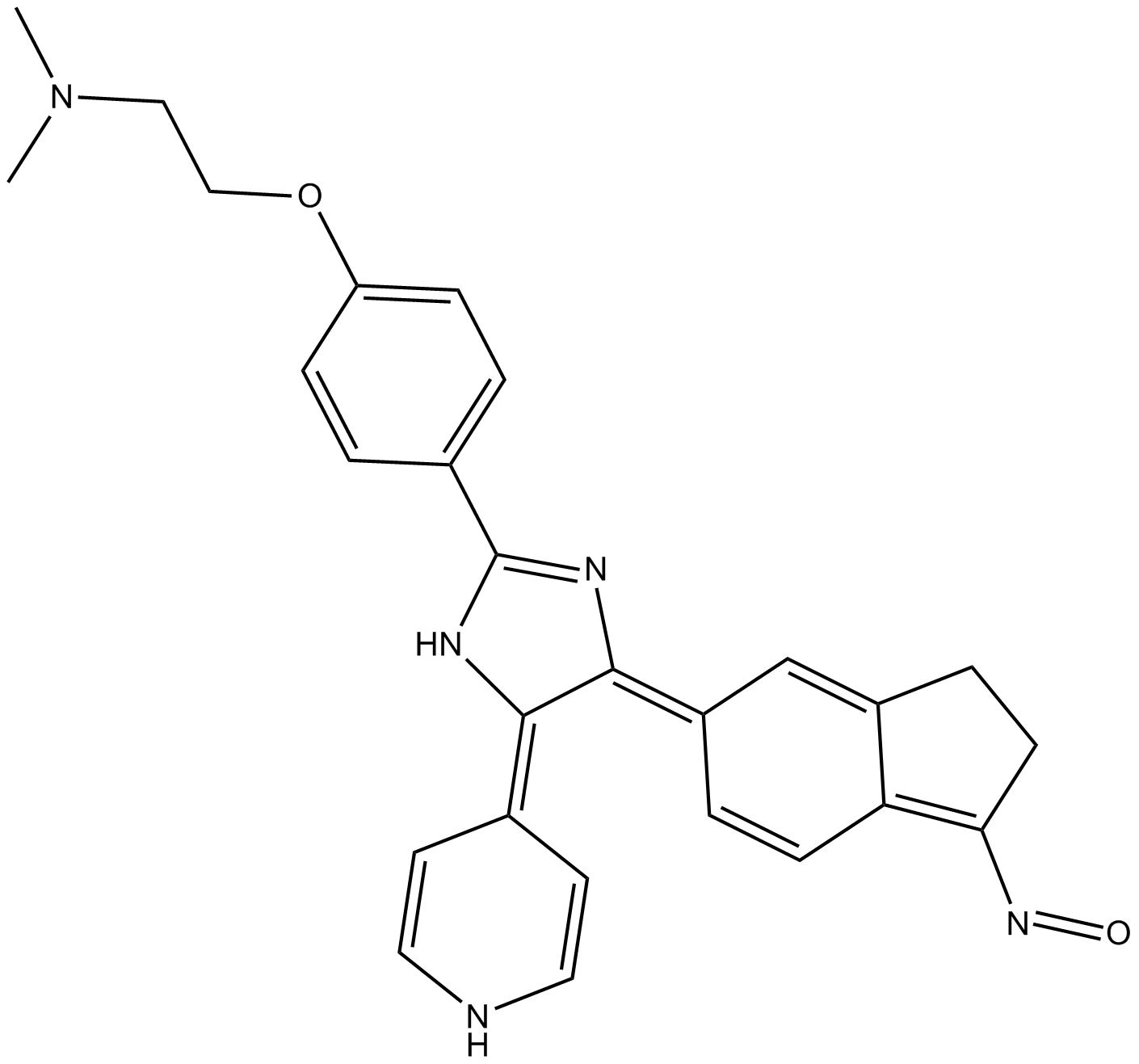Archives
Four implants were placed in maxillary
Four implants were placed in maxillary right side. The implant placed in the lateral incisor was Narrow Ridge type. Two implants were placed in the left side. One Narrow Ridge (NR) type (3.00 mm) in lateral incisor and one regular (3.75 mm) in first molar area were inserted. Tow implants were placed in the right mandibular canine and first molar area. Also, two implants were placed in the left mandibular canine and first molar area.
A direct impression technique was used in which impression is made to the prepared abutments in the patient\'s mouth. A dowel impression technique with silicone was made after blocking the insertion holes on top of the abutments. Jaw relation records were obtained to mount the casts. The obtained impressions were poured in two stages. The first included pouring the abutment portion with acrylic resin. A wire was inserted in the acrylic resin before setting to make mechanical interlock with the second stage which was poured in improved stone. This was made to insure preservation of the definitely from scratching during the different procedures of prosthesis manufacturing.
On the poured casts, with the assistance of a scanner, three-dimensional data are produced on the basis of the master die. These data are processed by means of dental design software. After the CAD-process the data were sent to a special milling device that produces the real geometry in the dental laboratory. Finally the exact fit of the framework was evaluated and, if necessary, corrected on the basis of the master cast. The ceramist carries out the veneering of the frameworks in a powder layering or over pressing technique, (Figs. 15–17).
In the mandible, one six unit\'s bridge restored the space from canine to canine. Two three units bridge restored the right and left sides (Figs. 18–24). The prosthesis was temporally cemented to allow for oral hygiene measures in the recall visits.
The patient pronunciation of many sounds improved immediately after insertion of the prosthesis. The patient was able for the first time in her life to chew certain types of foods that she never chewed before (meet and salads) (Figs. 21 and 22). This raised the patient\'s self-esteem and confidence among her dental colleagues, friends and family.
Discussion
Dental implants have become an accepted treatment modality for aging patients with either completely or partially edentulous arches [19]. However, in partially edentulous children who have ED, multiple implant placements are not possible because of the ongoing development of the jaws and insufficient bone. In addition, the bone height and width will not be sufficient for implant insertion without advanced surgical approaches [20]. In patients not treated with ED, craniofacial deviations from the norm increased with increasing age with a tendency towards a Class III pattern with anterior growth rotation [21].
In this patient, she does not have any of the manifestations of ED except that Partial Anadontia and severe atrophy of alveolar ridges and protuberant lips. All other tissues of ectodermal origin were normal. She have got good long hair, well lined eye brow, long eye laches, healthy nails and normal skin [4].
There are several reports of successful dental implant reconstruction in patients with ED. Although most of reports have addressed implant reconstruction in the severely atrophic maxilla, few have addressed reconstruction of the both maxilla and atrophic mandible [2,22]. Further, only a few authors report the use of implants in the treatment of adult patients with ED and reports on bone augmentation are lacking [2,23]. There is also, a paucity of published articles on 3Ds building-up a room of two walls (vertical and horizontal) and fill it with particulate bone to augments severely resorbed ridges in ED patients.
Ridge aug mentation procedures prior to conventional fixed prosthodontics or implant therapy are indicated when an adequate width or height of the alveolar ridge is not present. Overall the survival rates of implants placed in augmented ridges is 87% (range from 60% to 100%) [11]. The present case had severe bone atrophy in the maxilla and mandible due to congenital ED. Thus augmentation was necessary to place the implants in a biologically accepted and prosthetically driven location to achieve optimal function and esthetics [24].
mentation procedures prior to conventional fixed prosthodontics or implant therapy are indicated when an adequate width or height of the alveolar ridge is not present. Overall the survival rates of implants placed in augmented ridges is 87% (range from 60% to 100%) [11]. The present case had severe bone atrophy in the maxilla and mandible due to congenital ED. Thus augmentation was necessary to place the implants in a biologically accepted and prosthetically driven location to achieve optimal function and esthetics [24].